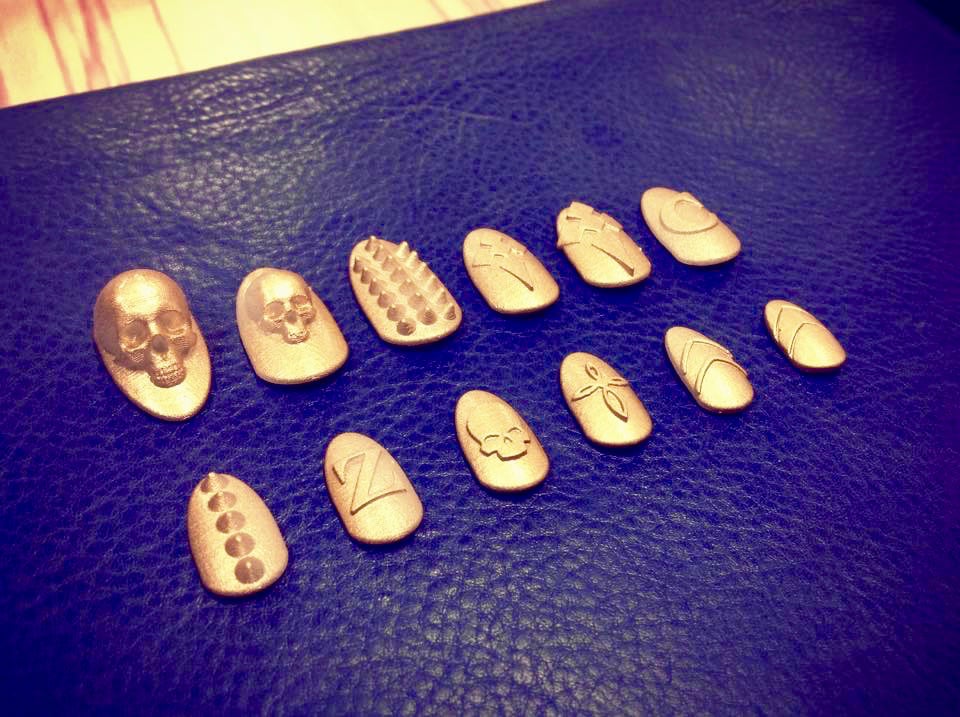
This is part 2 of a two-part series exploring the fate of a 3D printing startup. You can find part 1 here.
One option considered was the notion of CLAWZ buying their own 3D printing equipment and just operating it themselves. However, upon inspection of various equipment purchase options, Gervais discovered that it was going to be far more expensive than planned. Some of the problems encountered were:
- Inexpensive 3D printing equipment is not capable of producing nails to the degree of precision required; more expensive equipment would be required
- For reliability and predicted shipment volumes, multiple pieces of equipment would be required
- Someone would have to house and operate the machines
- Someone would have to post-process the prints to polish surfaces, remove extraneous materials, etc.
In the end, it turned out that this option was similar to use of 3D print services: too expensive to enable production of nails at retail prices people could afford.
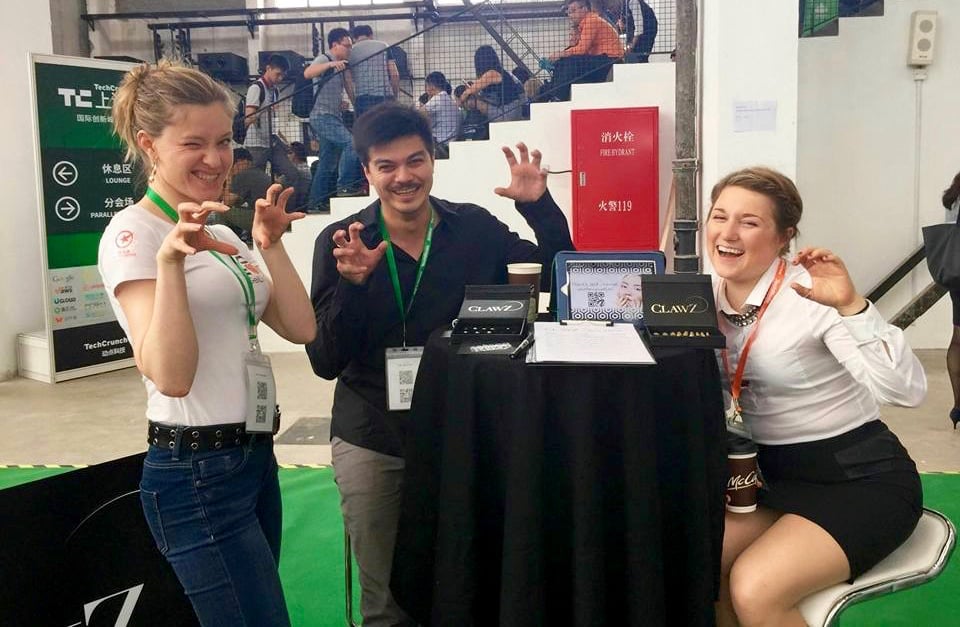
But there was yet another option.
Gervais knew there is a large (and rapidly growing) presence of 3D printing equipment and expertise in China. Being local (in China), shipping and labor charges should be significantly less than other options, too.
She then set about to find an appropriate Chinese 3D print service provider. Shanghai, it turns out, had few options for industrial making, so Gervais had to travel throughout China seeking a supplier.
Then things got even more difficult.
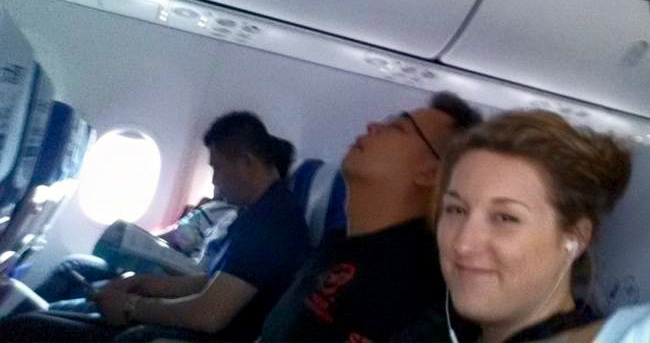
In the West, China is thought of as a place that’s poor with businesses that are desperately looking for business. But nothing could be further from the truth, as Gervais soon discovered. She explained, “Really, they have lots of business already and you need to prove your value to them by visiting in-person or are sponsored in by a known representative”.
“Generally, they wanted to get rid of me as soon as possible, and kept saying how they could NOT make the product”, she added.
For those that did listen, they typically would say “yes, they could make them”, even if they really couldn’t. Vendors that could 3D print the nails would invariably screw up the production or finishing.
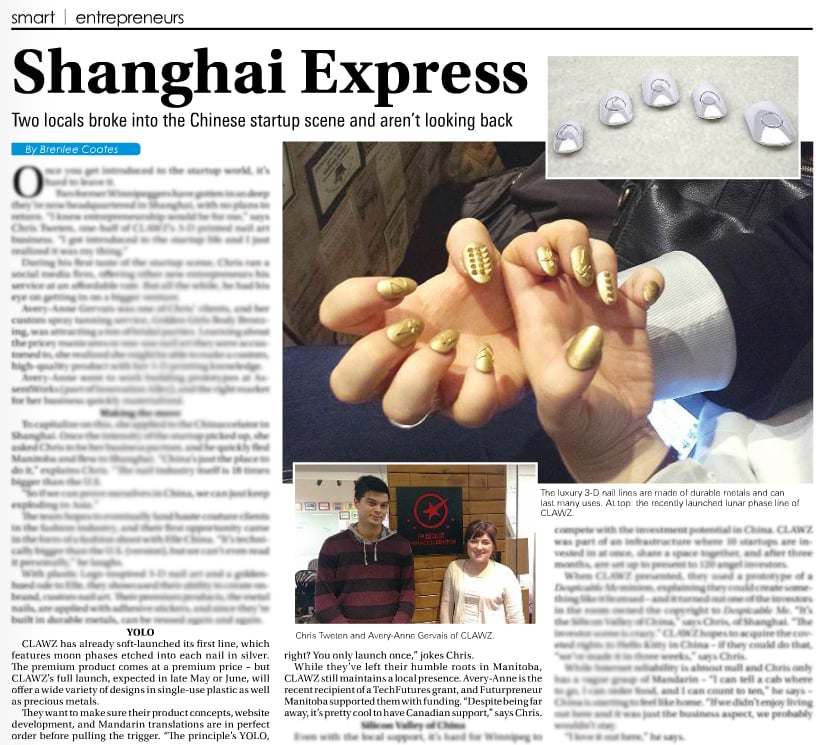
Gervais began to understand that the manufacturers she dealt with ultimately did not truly understand 3D printing. They would not understand how to reduce use of support material to limit material usage, for example. Troubleshooting was almost always done by third parties that were summoned by the manufacturer.
Even understanding the project requirements was a huge challenge. Services were printing the wrong STL files, for example. In one startling case, a manufacturer produced a prototype of a 3D printed nail for Gervais to inspect – and she found they had printed a gigantic 30cm nail by accident!
It became clear that manufacturing in this way would require someone in the middle to act as a liaison with the factory, but again that would significantly raise the cost of production.
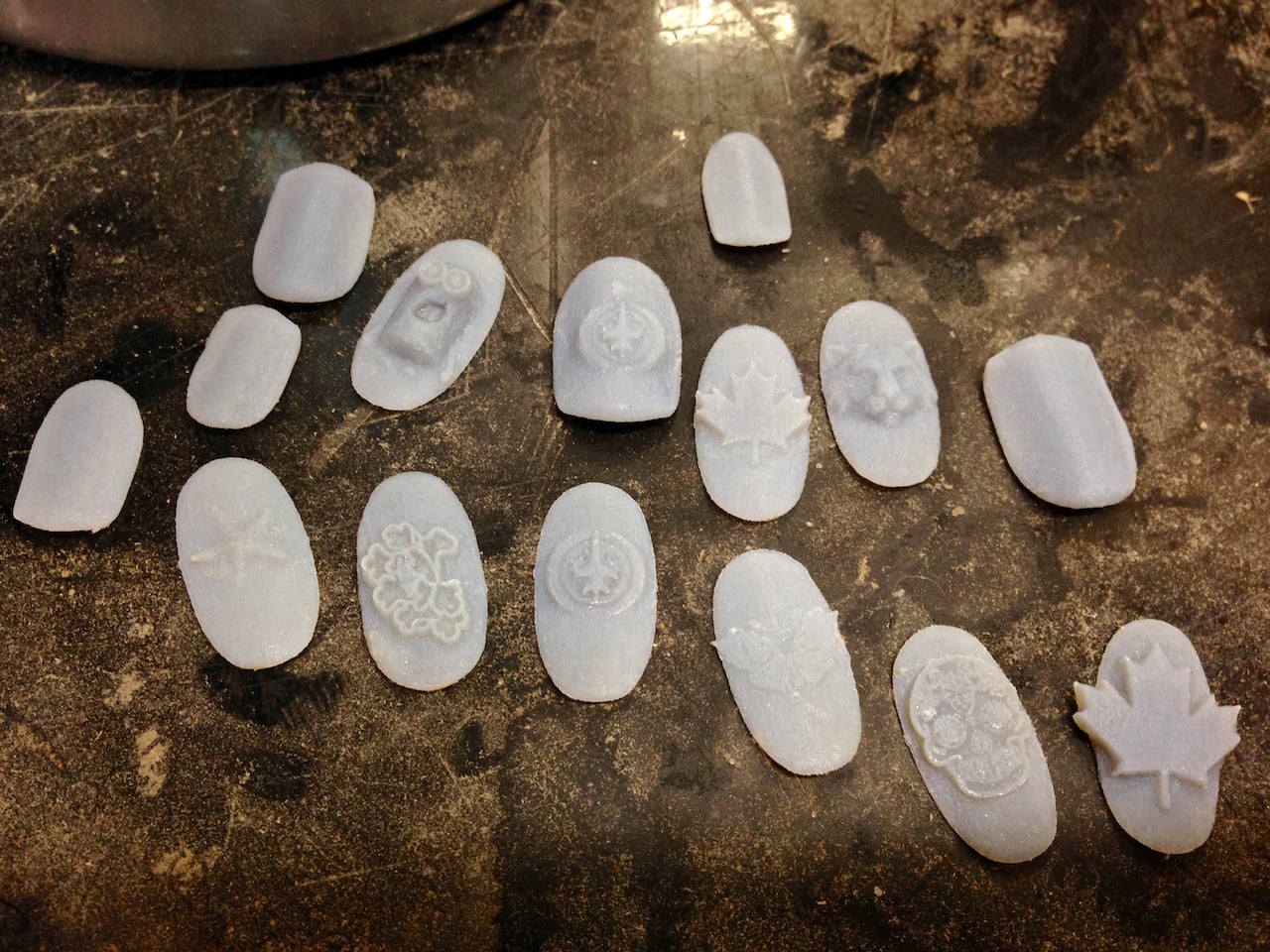
Eventually, Gervais obtained some prototypes and then realized the fine resolution was simply not sufficient for these small 3D printed items. The manufacturers apparently were not accustomed to producing such small items.
The manufacturers had to be contacted literally every day to ensure they would get things done – and alternate suppliers had to be identified and handled as well.
Gervais then made a move to try to dramatically reduce the cost of production by eliminating the 3D printing angle entirely and simply manufacturing the nails in the more conventional manner. She explained, “I had to let it go,” and “It wasn’t a selling feature to high-end luxury clients”.
But more of the same occurred, and Gervais was unable to identify an appropriate manufacturer. She explains that she had “looked into every possible option for making nails”, but could not find a viable solution.
At this point, Gervais was running out of cash to burn, and the trials of traveling to factories all across China were wearing her out. Even worse, as a foreigner in China, she was required to leave the country every two months to renew her work visa. More exhausting travels and money burnt.
In mid 2015, Gervais decided to pack it in, and ceased CLAWZ operations. After returning home, she explained that the venture was still “Totally worth doing”, as she learned more things about running a manufacturing business than any twenty-two year old has a right to know, and made many business connections that would last a lifetime. She was “learning everyday and making mistakes everyday.”
But in the case of 3D printed nails, it could simply not be done due to a “lack of qualified manufacturers at feasible pricing”, according to Gervais.
Were there lessons here that others may learn from? Indeed there were. Gervais advises:
- Everything is much harder to do than you expect
- You need a lot of money to launch this style of startup, much more than you’d expect
- Use your own money if at all possible, because investors will use your scant money for their plans instead of yours
- To be eventually successful, you must design your production chain to scale
- Product development costs should be minimized as much as possible, perhaps by using inexpensive makerspace services instead of commercial equivalent services
- Do not underestimate post-print processing costs, even on plastic parts
And that is the reason you don’t find many 3D printed nail companies: as of today, the production costs are still too high.
There has been much success 3D printing items for certain industries, namely aerospace and medical applications, but those industries are already accustomed to high-cost parts. Meanwhile, consumers, the market for 3D printed nails, are generally not able to withstand high retail prices.
As usual, the solution will be to bring down the cost of 3D printing. Let’s get working on that!

